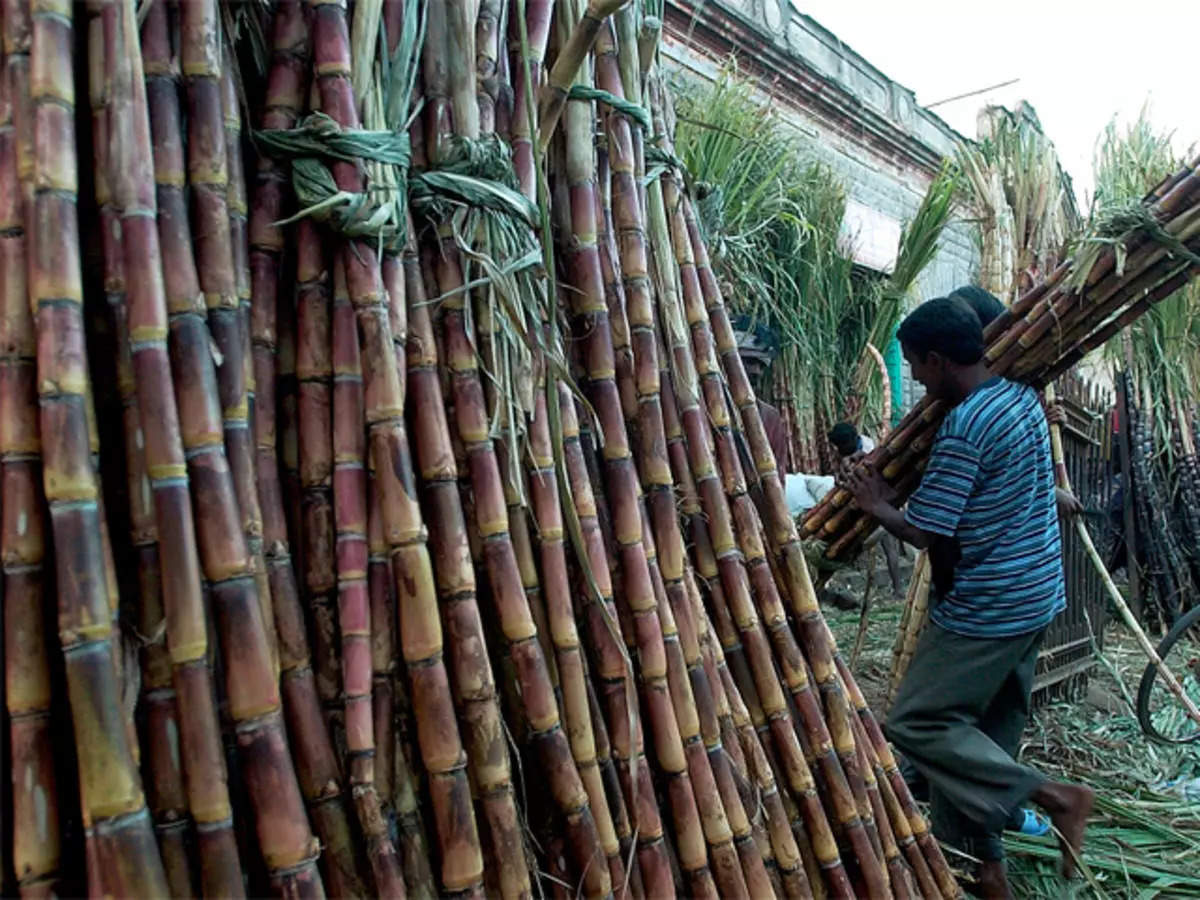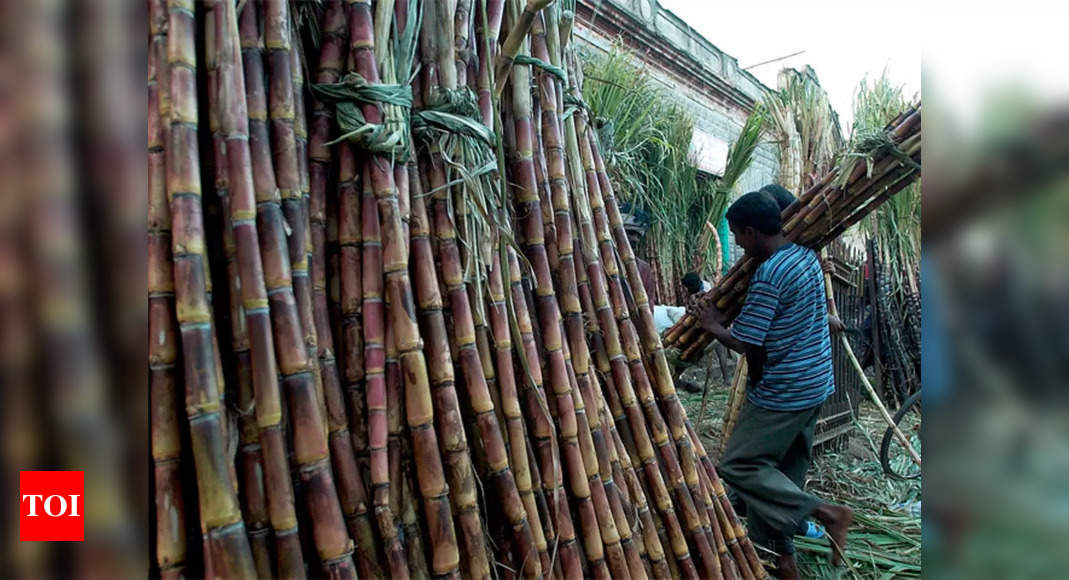
NEW DELHI: After India banned some rice exports to control domestic prices, traders are worried another food staple could be vulnerable: Sugar.
Sugar cane fields in the main producing regions of Maharashtra and Karnataka didn’t get adequate rain in June, leading to crop stress, according to Aditya Jhunjhunwala, president of the Indian Sugar Mills Association. The group expects sugar output to drop 3.4% from a year ago to 31.7 million tons in 2023-24. Still, Jhunjhunwala said supplies can meet domestic demand.
Meanwhile, India is set to use more sugar for biofuel. The association sees mills diverting 4.5 million tons to make ethanol, up 9.8% from a year earlier.
“At this production level, India might not release any export,” said Bruno Lima, head of sugar and ethanol at StoneX. “We’ll have to follow closely if the ethanol diversion will be done in full.”
Food secretary Sanjeev Chopra on Friday criticized ISMA’s assessment of lower sugar production, saying it’s highly premature and has created panic of a shortage in the country, the Press Trust of India reported.
India has restricted sugar exports before. For the 2022-23 season, shipments are capped at 6.1 million tons, down from 11 million tons the year before. Next season, analysts including Akamine and Lima expect only 2 million to 3 million tons will be allowed — or none at all — risking a further surge in global prices.
Sugar futures are up about 20% this year, even as they’ve retreated from April’s peak of 26.83 cents a pound, the highest level since 2011. The market is worried El Niño will bring hotter and drier conditions to South and Southeast Asia, hurting production. Thailand may also see a decline in output.
That, combined with lower production in other regions like Southern Africa and Central America, could fuel another rally. Akamine sees prices trading between 25 cents and 27.5 cents a pound in the next season. They were at 23.69 cents on Friday. Brazil’s bumper crop is keeping a lid on gains.
The Indian government is unlikely to make any decision on the 2023-24 sugar export quotas yet. Harvest will only start from October and ISMA said a recent improvement in rain will benefit the crop.
“Officials will wait until they have full visibility of production,” said Carlos Mera, a senior commodity analyst at Rabobank.
The world has become increasingly dependent on sugar exports from the South Asian nation as global supplies tighten. Uneven rainfall across India’s agricultural belts has stoked concern that sugar production will fall short, potentially dropping for a second straight year in the season starting October.
This may limit the country’s ability to export. The government has already restricted overseas sale of wheat and some rice varieties to protect domestic supplies and cool prices, adding to stresses on global food markets that have already been roiled by bad weather and the worsening conflict in Ukraine.
Sugar cane fields in the main producing regions of Maharashtra and Karnataka didn’t get adequate rain in June, leading to crop stress, according to Aditya Jhunjhunwala, president of the Indian Sugar Mills Association. The group expects sugar output to drop 3.4% from a year ago to 31.7 million tons in 2023-24. Still, Jhunjhunwala said supplies can meet domestic demand.
Meanwhile, India is set to use more sugar for biofuel. The association sees mills diverting 4.5 million tons to make ethanol, up 9.8% from a year earlier.
“At this production level, India might not release any export,” said Bruno Lima, head of sugar and ethanol at StoneX. “We’ll have to follow closely if the ethanol diversion will be done in full.”
Food secretary Sanjeev Chopra on Friday criticized ISMA’s assessment of lower sugar production, saying it’s highly premature and has created panic of a shortage in the country, the Press Trust of India reported.
India has restricted sugar exports before. For the 2022-23 season, shipments are capped at 6.1 million tons, down from 11 million tons the year before. Next season, analysts including Akamine and Lima expect only 2 million to 3 million tons will be allowed — or none at all — risking a further surge in global prices.
Sugar futures are up about 20% this year, even as they’ve retreated from April’s peak of 26.83 cents a pound, the highest level since 2011. The market is worried El Niño will bring hotter and drier conditions to South and Southeast Asia, hurting production. Thailand may also see a decline in output.
That, combined with lower production in other regions like Southern Africa and Central America, could fuel another rally. Akamine sees prices trading between 25 cents and 27.5 cents a pound in the next season. They were at 23.69 cents on Friday. Brazil’s bumper crop is keeping a lid on gains.
The Indian government is unlikely to make any decision on the 2023-24 sugar export quotas yet. Harvest will only start from October and ISMA said a recent improvement in rain will benefit the crop.
“Officials will wait until they have full visibility of production,” said Carlos Mera, a senior commodity analyst at Rabobank.
Source link

